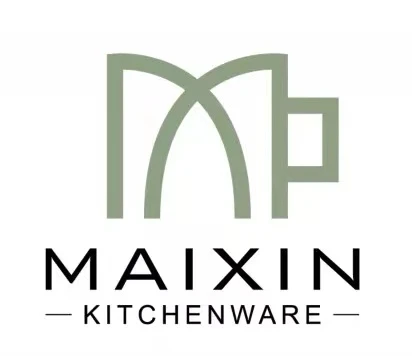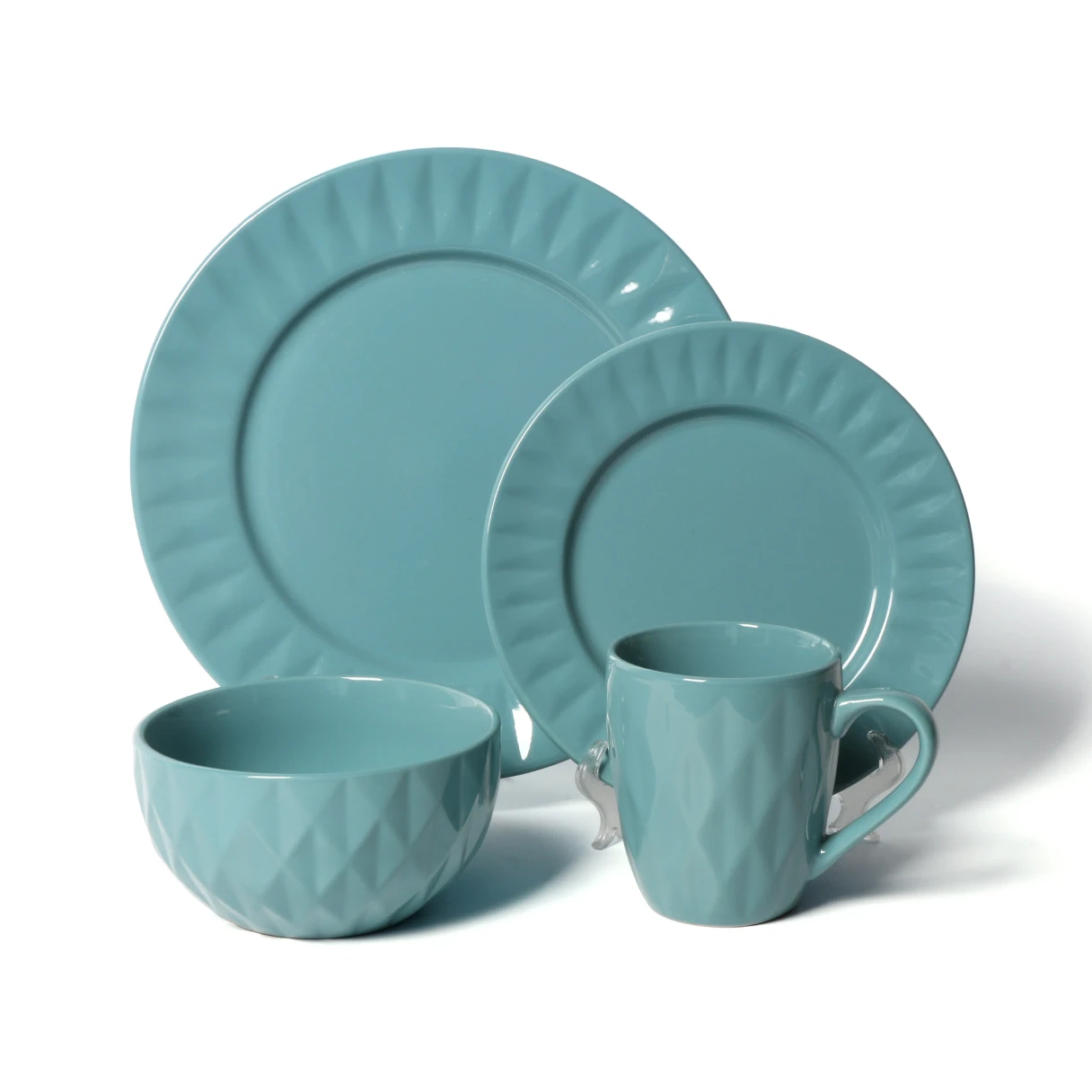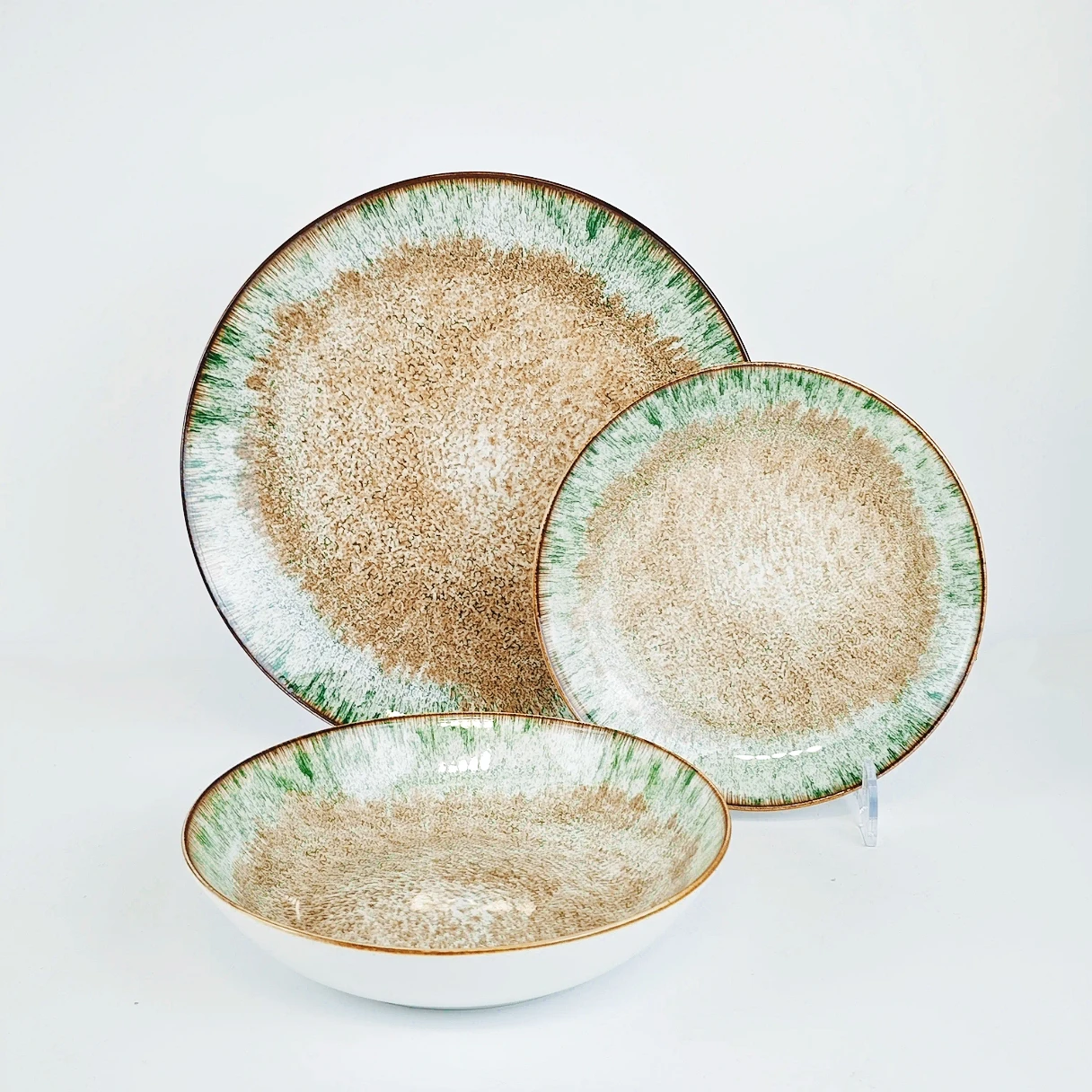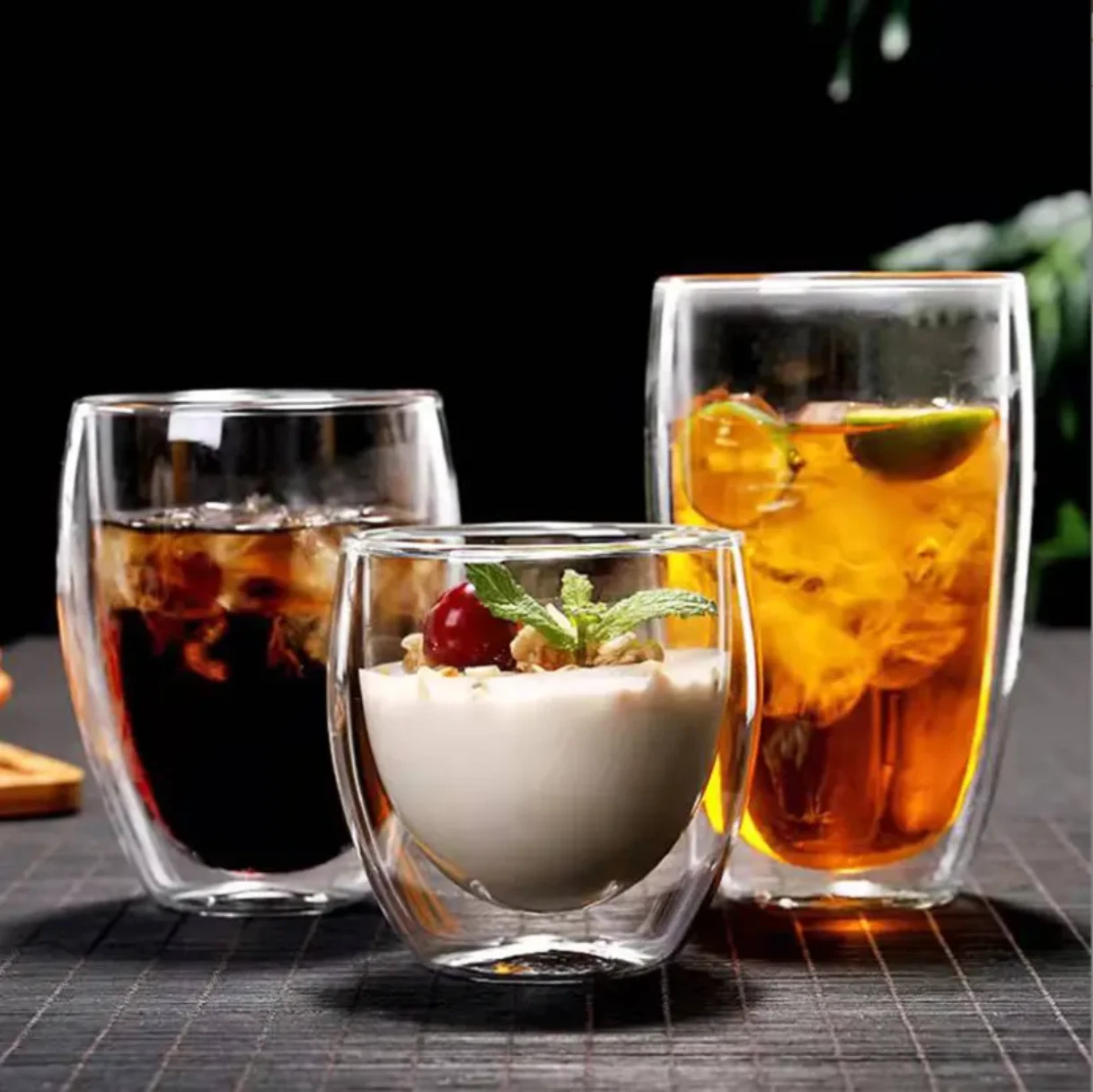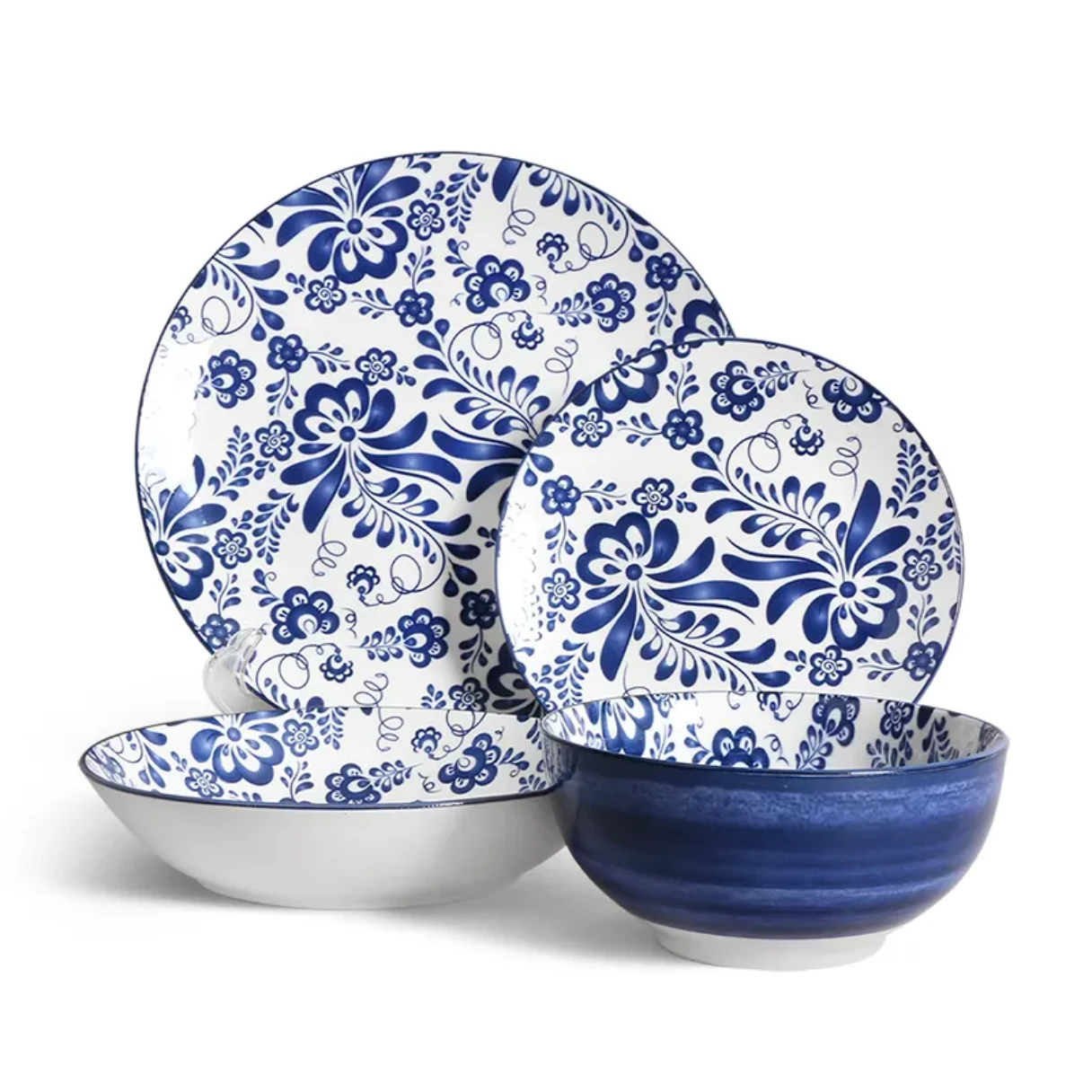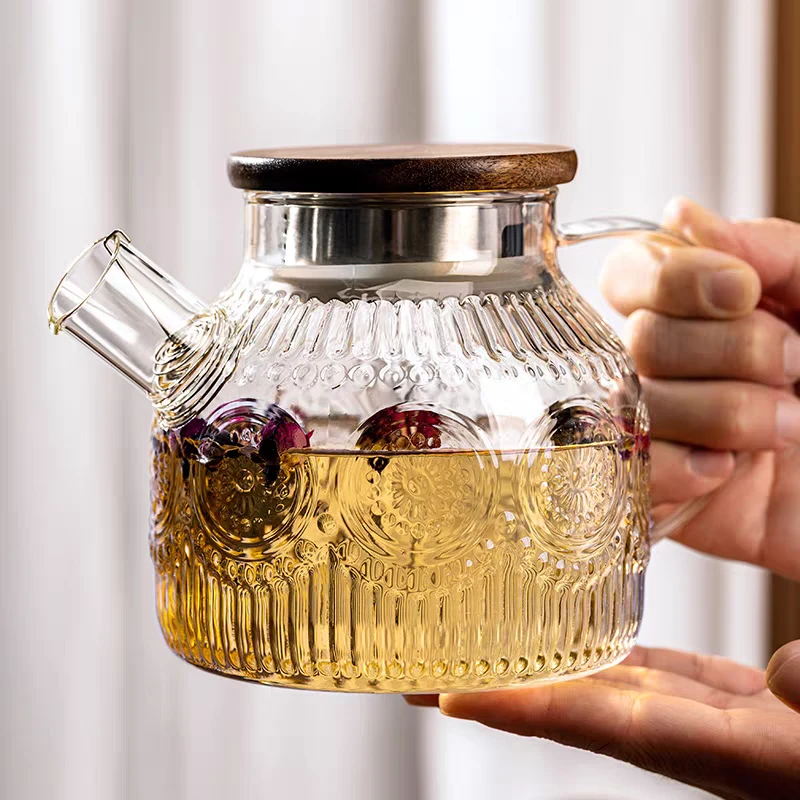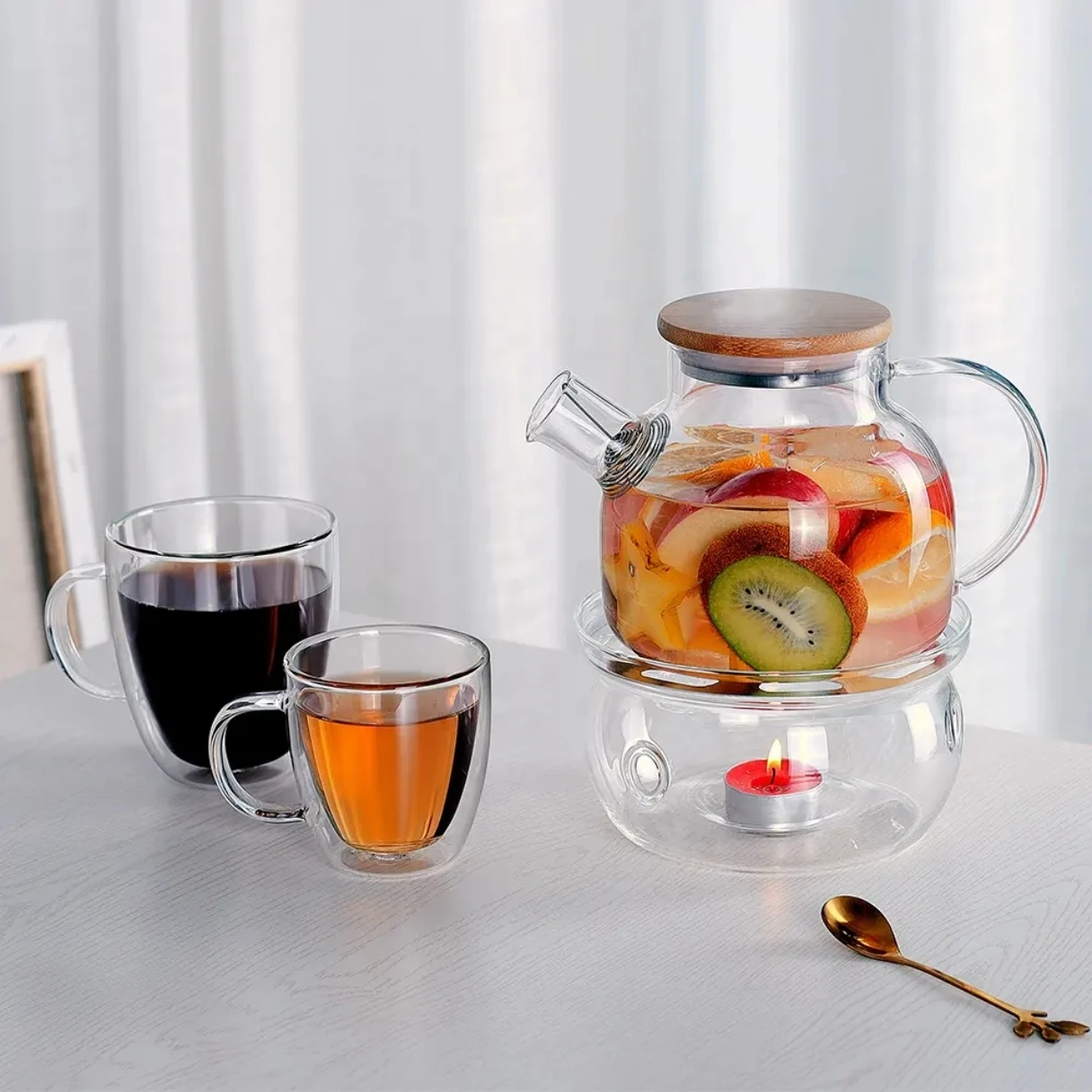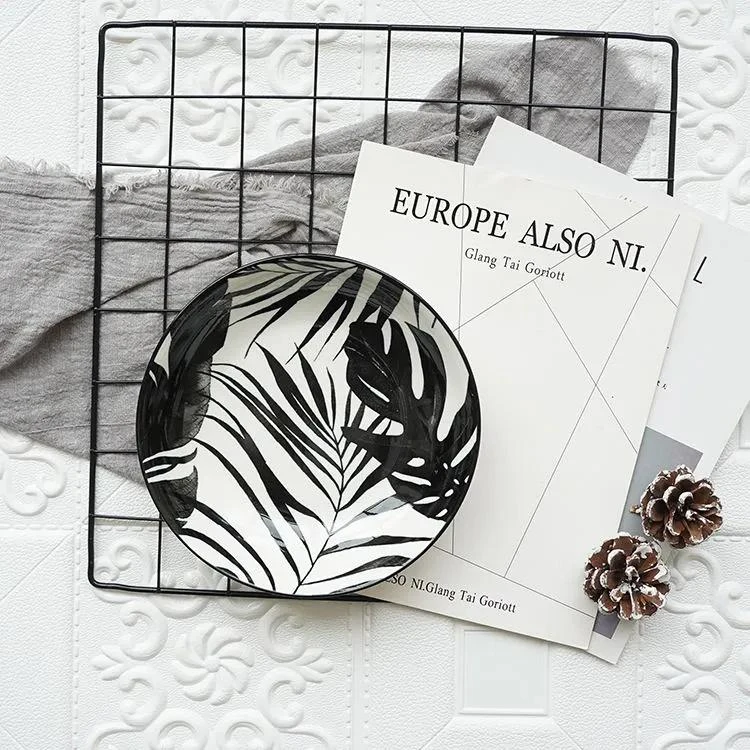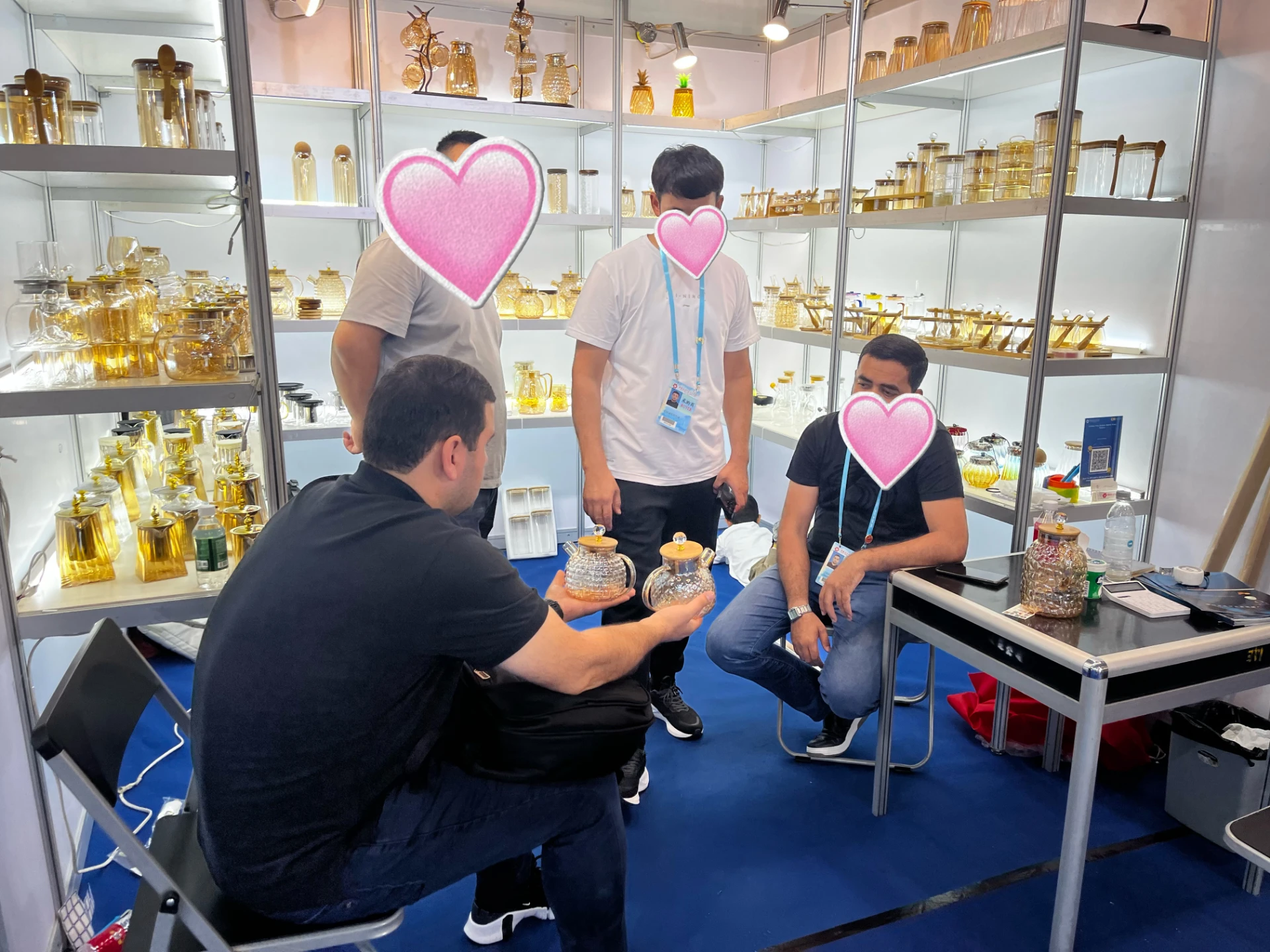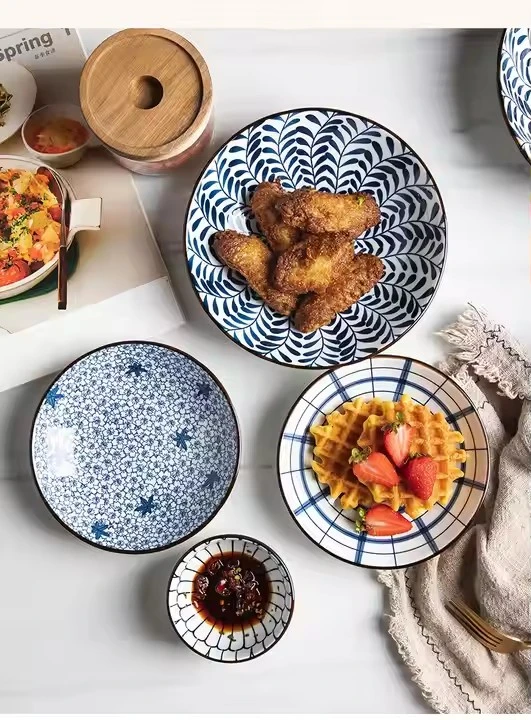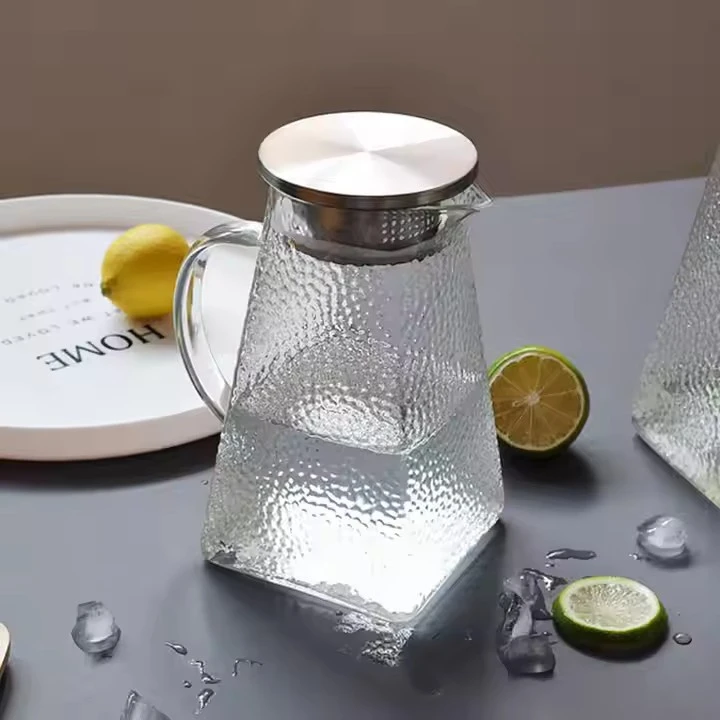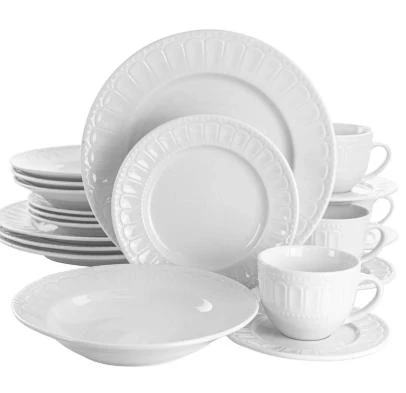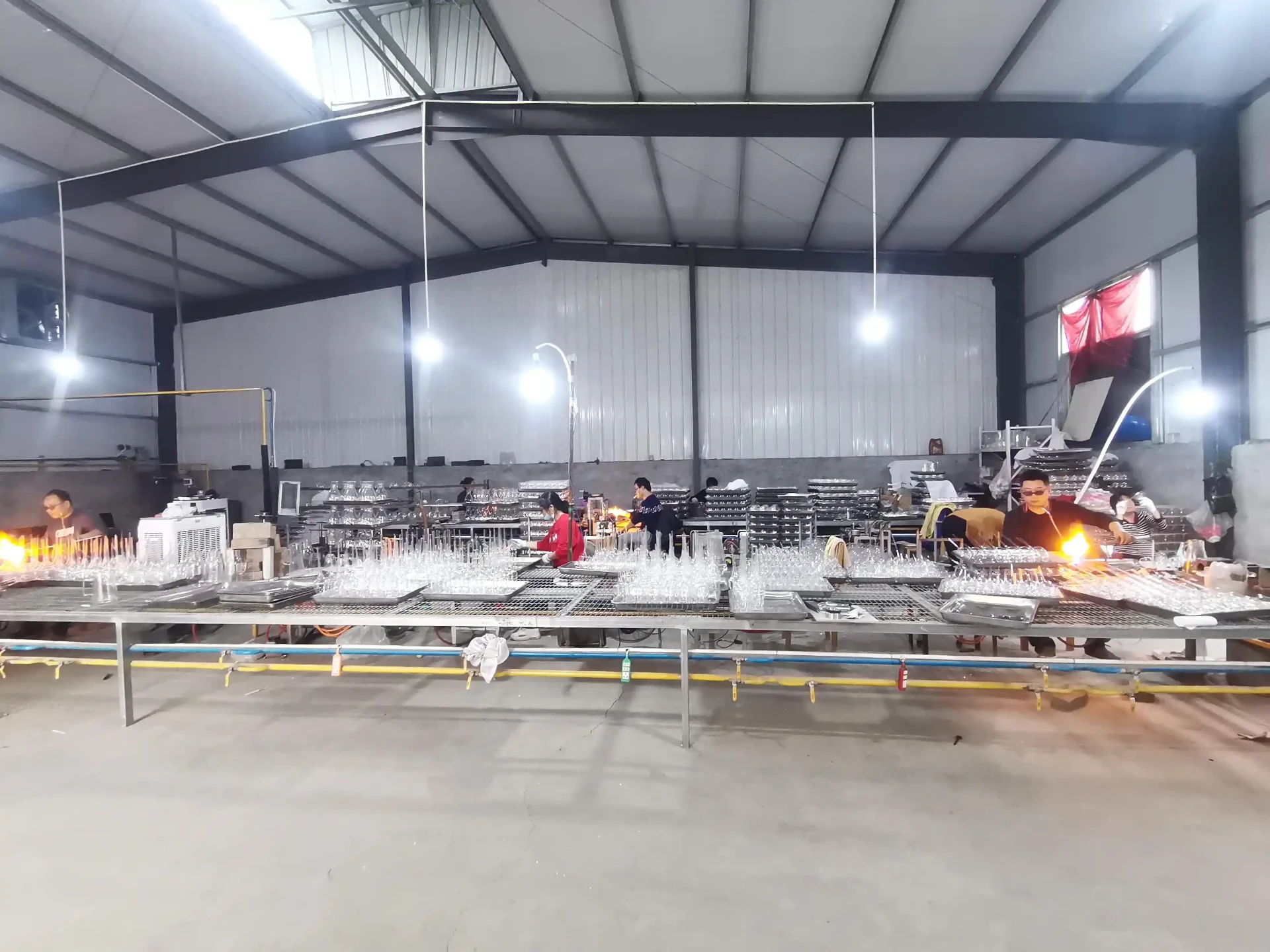- Introduction to reactive glaze stoneware dinner set
and its growing market demand - Exploring the unique art and science of reactive glazing techniques
- Comparing technical advantages: stoneware versus other ceramic dinnerware
- Data-driven manufacturer comparison table for reactive glaze stoneware dinnerware sets
- Customization options tailored to market needs: color, pattern, set size
- Real-world application cases: from boutique hotels to home dining
- Conclusion: Why a green reactive glaze dinner set elevates contemporary tableware
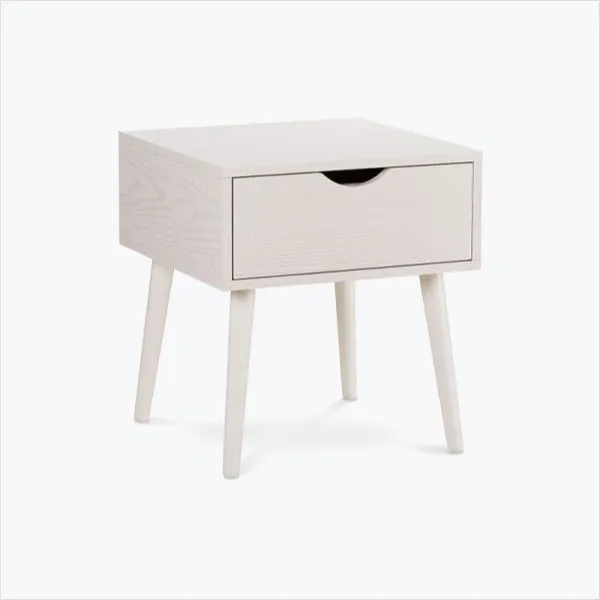
(reactive glaze stoneware dinner set)
Rising Demand for Reactive Glaze Stoneware Dinner Sets: A Market Overview
Over the past decade, reactive glaze stoneware dinner set collections have rapidly transformed the global dinnerware market. The rise in demand is propelled by aesthetic innovation, evolving consumer lifestyles, and a marked preference for artisanal craftsmanship. According to the Global Dinnerware Market Report 2023, the stoneware dinnerware segment has seen a compounded annual growth rate (CAGR) of 6.3%, outperforming porcelain and bone china categories (each below 4.8%). The market value for reactive glaze pieces is estimated to exceed $2.1 billion by 2025, with dinner sets contributing over 57% of total sales volume. The unique interplay of glaze chemistry and kiln firing not only ensures one-of-a-kind finishes but also imbues each set with distinct visual appeal, making them the preferred choice for both home entertainers and the hospitality industry. This surge reflects a broader movement toward authenticity and sustainability within table settings, helping shape the future of ceramic innovation.
Unpacking the Art & Science: The Reactive Glazing Technique
The secret behind the spellbinding aesthetics of reactive glaze stoneware lies in the sophisticated chemical reactions orchestrated during the high-temperature firing process. Unlike conventional glazes, reactive glazes feature a dynamic mixture of metallic oxides—such as copper, cobalt, and iron—suspended within silica-based compounds. These components interact during firing at temperatures above 1200°C (2192°F), forging rich, variegated surfaces with deep color gradients, speckling, and organic crystal formations.
Hand-applied or dip-glazed, each dinner set emerges from the kiln as an unrepeatable original, meaning no two plates or bowls are identical. For instance, a green reactive glaze dinner set might display expressive swirls ranging from aquamarine to moss, depending on oxidation conditions and individual kiln positions. This technique also enhances durability—the vitrified stoneware body is chip-resistant, non-porous, and capable of withstanding sudden temperature changes.
In terms of safety and performance, internationally recognized laboratory tests (such as ASTM C738 for leachability) confirm that leading reactive glaze stoneware dinnerware sets are safe for food contact, dishwasher cycles, and microwave use. These technical merits underscore the intersection of artisan skill with modern ceramic engineering.
Technical Advantages: Stoneware vs. Other Tableware Materials
Selecting the right material is pivotal for both consumer satisfaction and product longevity. While both porcelain and bone china boast refined aesthetics, stoneware’s technical strengths are particularly advantageous in daily use scenarios. Vitrified under high kiln temperatures, stoneware achieves a dense, glass-like finish that is both hard and resilient. In contrast, porcelain’s finer grain enables delicate shapes but leaves it more vulnerable to edge chipping.
Stoneware’s low water absorption rate (<0.5%) ensures that dinner sets remain highly resistant to staining and cracking over years of intensive service. Moreover, the weight and tactile feel contribute a sense of stability and premium craftsmanship—an important factor in hospitality settings where durability counts.
Cleaning is equally straightforward: the smoothness of a reactive glazed surface offers excellent stain resistance compared to matte or bisque finishes, reducing everyday maintenance. Independently conducted lifecycle assessments show stoneware can outlast porcelain by 25% and bone china by up to 40%, especially when subjected to repeat mechanical wash cycles. This robustness positions reactive glaze stoneware dinnerware sets as a wise investment for families, restaurants, and hotels alike.
Manufacturer Comparison: The Best Reactive Glaze Stoneware Dinnerware Sets
With growing market interest comes a proliferation of manufacturers specializing in advanced glazing techniques. Here, a side-by-side data comparison of leading producers highlights performance, customization, and cost considerations:
| Manufacturer | Country | Main Product | Glaze Variety | Customization | Annual Capacity (sets) | Average Lead Time | Eco-Certifications | Average Unit Cost (USD) |
|---|---|---|---|---|---|---|---|---|
| Ceramica Artisan | Portugal | Green Reactive Glaze Dinner Set | 15+ | Full (shape, color, logo) | 2,500,000 | 40 days | ISO 14001, LFGB | 24.50 |
| Stoneage Ceramics | China | Reactive Glaze Stoneware Dinner Set | 25+ | Shape/color/pattern | 8,000,000 | 21 days | Sedex, FDA | 15.70 |
| Royal Kilnworks | UK | Stoneware Dinnerware Sets | 10+ | Color/Pattern | 950,000 | 50 days | BSCI, REACH | 29.99 |
| Amara Tabletop | Vietnam | Reactive Glaze Dinnerware Sets | 18+ | Pattern/Logo | 4,200,000 | 28 days | LFGB, SGS | 19.80 |
This table demonstrates that scalability, extensive glaze choices, and sustainability certifications determine supplier competitiveness. Stoneage Ceramics stands out for rapid delivery and broad customization, while Ceramica Artisan and Amara Tabletop focus on boutique production and eco-conscious processes. These factors influence both bulk procurement and retail brand positioning.
Customization Tailored for Market Needs
As consumer palates diversify, manufacturers meet demand with refined customization protocols for reactive glaze stoneware dinner sets. Bespoke projects often start with shape selection—ranging from coupe plates, classic round, to geometrically inspired bowls—accompanied by reactive colorways such as teal, charcoal, jade, and the increasingly popular green rendering.
Clients may specify distinctive patterns, rim designs, or proprietary graphic elements, facilitated by digital glaze application and artisanal masking. Set sizes can be meticulously tailored, including 12-piece, 16-piece, or larger 32-piece configurations to suit everything from intimate gatherings to event-scale presentation. Operators in the hospitality industry frequently request logo application (transfer printing or hand-inscribed) for corporate identity. Moreover, eco-packaging and gift-ready boxes are standard in premium product lines.
According to Ceramica Artisan’s annual survey, over 38% of bulk buyers in 2023 prioritized “unique, hand-finished look” as the primary purchase driver, with color exclusivity ranking second. Such customization not only amplifies product differentiation but also enhances perceived value, supporting higher price positioning in competitive retail landscapes.
Application Case Studies: Design Meets Function
The versatility of reactive glaze stoneware dinnerware sets is well illustrated in a range of operational settings, from boutique hotels to contemporary homes. Case data gleaned from three flagship projects encapsulates performance and customer response:
- The Green Lotus Resort (Thailand): Introduced a custom 320-piece green reactive glaze dinner set for fine dining. Post-implementation surveys indicated a 22% increase in patron satisfaction related to table presentation. Housekeeping reported zero dish breakage over two years in high-turnover service.
- Marlow & Finch Homeware (UK): Integrated a 16-piece artisan-crafted reactive glaze collection into its 2022 inventory. After one year, customer product reviews scored an average 4.8/5 citing “depth of color” and “durability” as distinguishing attributes over previous porcelain lines.
- Le Mistral Restaurant Group (France): Upgraded banquet settings with blue-green reactive glaze stoneware. The switch reduced annual dish replacement cost by 18%. Sales of set-themed dishes also spiked by 15%, attributed to Instagram-driven customer engagement.
These studies underscore how design-forward tableware can strengthen hospitality branding, reduce operational expense, and foster consumer loyalty in both commercial and domestic environments.
The Allure of a Green Reactive Glaze Dinner Set: Contemporary Tableware Redefined
As the zeitgeist favors natural textures and bold individuality, a green reactive glaze dinner set becomes a centerpiece for modern dining. Its organic patterns, subtle shine, and tactile contours create impactful table settings for every occasion—both relaxed, everyday meals and formal gatherings. Advances in sustainable manufacturing and responsible sourcing further boost their appeal among environment-conscious consumers.
For businesses seeking to elevate dining experiences or homeowners investing in artistry and function, the reactive glaze stoneware dinnerware set stands as the intersection of beauty, resilience, and exclusive design. Statistical trends, technical merits, and proven application case studies collectively position this tableware not as a fleeting trend but as the new standard for inspired, lasting, and sustainable dining culture.
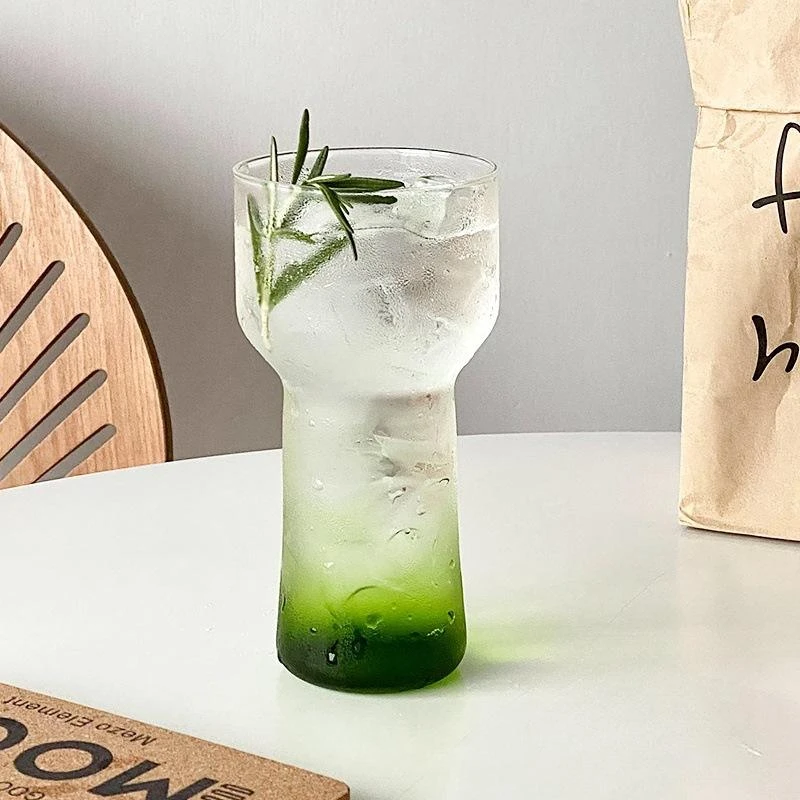
(reactive glaze stoneware dinner set)
